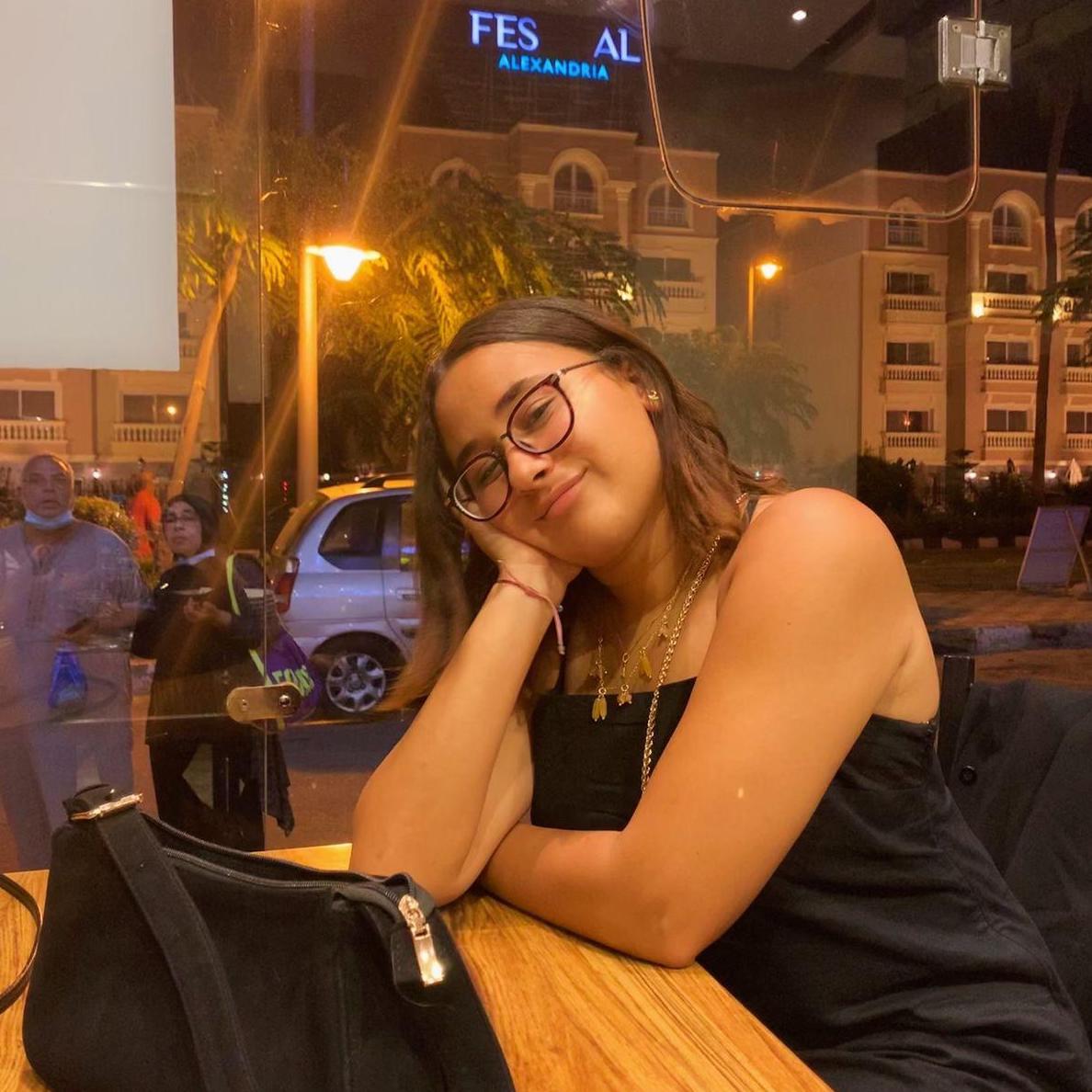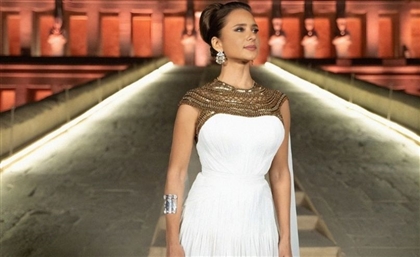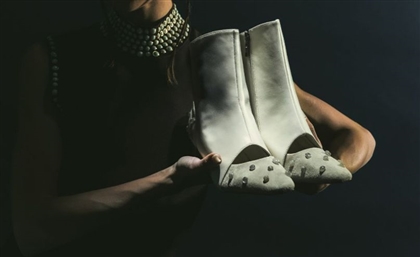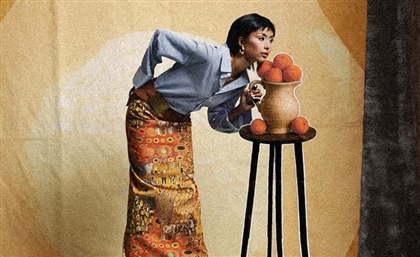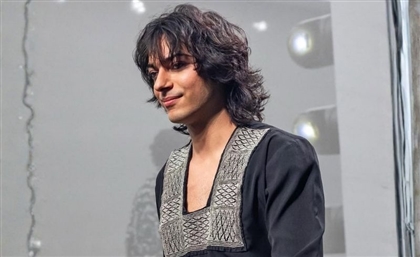Dubai’s Fashion Rerun Is Giving Preloved Clothing a Second Life
Where do clothes go when they die? In Dubai, some of them find an afterlife at Fashion Rerun—a boutique breathing new life into forgotten fabrics.
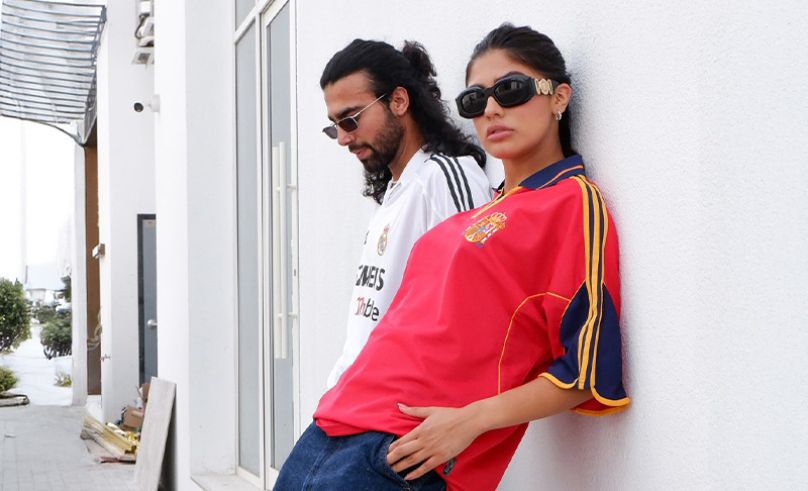
In 2017 Dubai, the concept of walking into a boutique thrift store and shopping for secondhand clothing was not only foreign to locals, it was completely unimaginable. The emirate was preoccupied with its Dubai Bling-esque fantasies, and people sought individuality in luxury. That is the world that Dubai-based vintage and thrift shop Fashion Rerun was born into, tasked with reframing thrifting as a creative counterpoint to luxury.
Fashion Rerun was founded by Muhammad Virji, who initially got into the thrifting business in 2003 Toronto after getting his computer networking degree, reselling secondhand finds from sorting facilities at flea markets. At the time, Virji viewed reselling purely as a way to make money as a fresh grad, not yet aware of the environmental and social significance of what he was doing. After managing a sorting and grading facility in Dubai, Virji found himself face to face with a mound of manufactured clothing on the daily, prompting him to think about how that impacted the world we live in. “We were sorting through 40,000 kilograms of clothing a day,” he tells SceneStyled. “That’s when I realised—I had to do something.”-67912d13-19ed-42bc-bf75-86a4bbc8b508.jpg) With the help of his wife and her keen eye for design, as well as his experience with secondhand clothing, Virji founded Fashion Rerun and opened the first store in Satwa—but the journey was far from over.
With the help of his wife and her keen eye for design, as well as his experience with secondhand clothing, Virji founded Fashion Rerun and opened the first store in Satwa—but the journey was far from over.
To get Fashion Rerun off the ground, Virji had to convince people that secondhand didn’t mean second best. “People weren’t really aware of how unsustainable their shopping habits were. The more we educated them about it, and about how buying secondhand clothing means your pieces are one of a kind, the more they opened up to the idea.” To the small population that actually already enjoyed shopping secondhand, Fashion Rerun was a saving grace. It was the first shop in the region to do what it does, which meant thrift-enthusiasts no longer had to do their secondhand shopping in Europe or the US.
From that mountain of daily clothing, Fashion Rerun picks pieces by tracking trends—or just following a gut feeling. “Sometimes, it’s just a gut feeling. You see a piece and you just know that someone is going to love it.”-105417cc-2b25-4c98-89b7-2bf7a9bb18ad.jpg) Fashion Rerun started with thrift—recently manufactured clothes worn once or twice and tossed away. But then came the art. “At first, we were only mending clothes out of necessity, but we realised a thousand people could do that. So, we decided to incorporate our own art into the clothing, adding colourful patchwork and fun stitching to pieces that needed saving.”
Fashion Rerun started with thrift—recently manufactured clothes worn once or twice and tossed away. But then came the art. “At first, we were only mending clothes out of necessity, but we realised a thousand people could do that. So, we decided to incorporate our own art into the clothing, adding colourful patchwork and fun stitching to pieces that needed saving.”
That creative shift birthed a second brand: EFAAR—short for ‘Environmentally Friendly and Artistically Reworked’. “We got to create our own streetwear brand, while also giving clothes at the end of their life a second chance.”
EFAAR gained a lot of popularity, and both it and Fashion Rerun quickly became an integral part of Dubai’s sartorial culture, joining community events and huge global happenings like Sole DXB. Now with a second store in Goshi Warehouse City, Fashion Rerun has come full circle. Or almost. Except—the learning never stops.
-c2a23dab-d581-42e5-b347-309808e5dc47.jpg) The team behind Fashion Rerun continues to educate more people about the impact of shopping secondhand clothing, of what it means to save these garments, and of how shopping secondhand can introduce people to clothes with character and, occasionally, pieces that are entirely one-of-a-kind—like the time Virji found a rare Marvel X Men t-shirt from the 1990s. Throughout its journey, Fashion Rerun has always been intent on interacting with the community, getting live feedback about what people want to see so they can supply it, and creating their own community of secondhand shoppers in the process.
The team behind Fashion Rerun continues to educate more people about the impact of shopping secondhand clothing, of what it means to save these garments, and of how shopping secondhand can introduce people to clothes with character and, occasionally, pieces that are entirely one-of-a-kind—like the time Virji found a rare Marvel X Men t-shirt from the 1990s. Throughout its journey, Fashion Rerun has always been intent on interacting with the community, getting live feedback about what people want to see so they can supply it, and creating their own community of secondhand shoppers in the process.
Now, though, the questions are getting a little different. “We’re always asked why vintage clothing is so expensive, if it’s secondhand. Vintage isn't expensive because it's old; it’s expensive because it's rare, unique, and limited by nature. Only 0.5% of our daily sorting is classified as real vintage. Vintage is secondhand, but not all secondhand is vintage.”
In a city obsessed with the new, Fashion Rerun reminds us that style can have a past—and still be the future.
- Previous Article Azza Fahmy Brings Jewellery & Craft to Egypt’s North Coast This Summer
- Next Article Monochrome Monday: Cocoa Cupcake
Trending This Month
-
Nov 08, 2025

